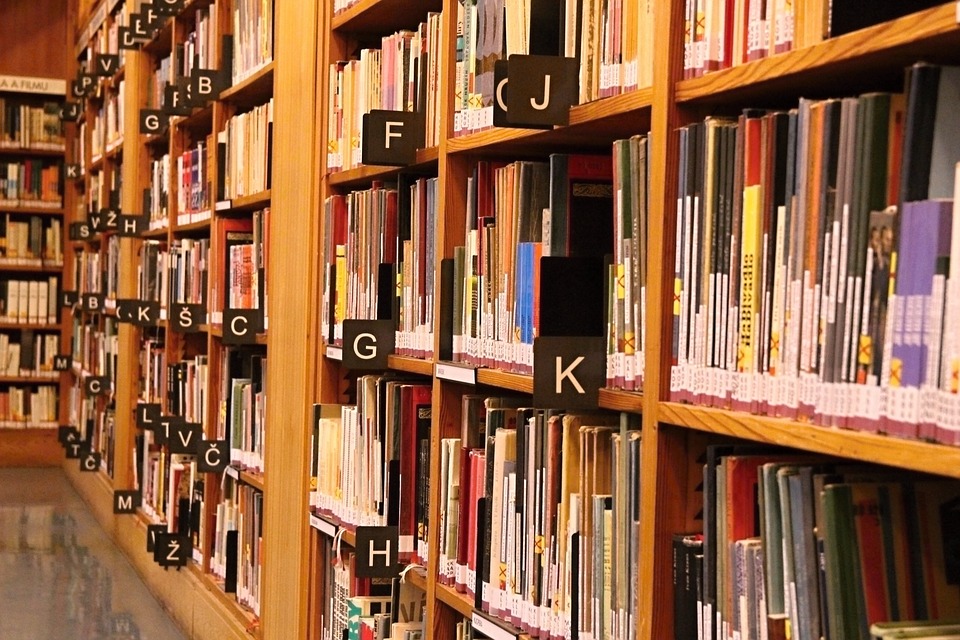
In 1779, the chief of Hawai‘i Island, Kalani‘ōpu‘u, who traced his regal line to the great chief Līloa of Waipiʻo, greeted an English captain named James Cook after his ship made port in Kealakekua Bay. As a demonstration of his goodwill, Kalani‘ōpu‘u gifted the ‘ahu ʻula (feathered cloak) and mahiole (feathered helmet) he was wearing to Captain Cook. Now for the first time, both the storied ‘ahu ‘ula and mahiole will return together to its home islands since they left its shores on Cook’s ship 237 years ago.
In a partnership between the Office of Hawaiian Affairs (OHA), The National Museum of New Zealand Te Papa Tongarewa, and Bernice Pauahi Bishop Museum, the ‘ahu ‘ula and mahiole of Kalani‘ōpu‘u will make their monumental journey in March 2016 to be displayed at Bishop Museum in Honolulu, O‘ahu.
“We are very proud to be working together to make the return of the ‘ahu ‘ula and mahiole possible. This historic collaboration is celebrated among each of our organizations as we transfer, receive, and care for these pieces, and continue in a tradition of mutual respect among the cultures of the Pacific,” said representatives from OHA, Te Papa Tongarewa, and Bishop Museum in a joint statement.
“We are thrilled and honored to be able to return these treasures home to Hawai‘i, and into the care of the Bishop Museum,” said Rick Ellis, chief executive of Te Papa Tongarewa. “When they are shared with the people of Hawai‘i, I am sure they will inspire some wonderful conversations and insights, as they did when displayed here in Aotearoa New Zealand.”
The feathered cloak and helmet have great extrinsic value, but more importantly, they possess great intrinsic and spiritual significance. For Native Hawaiians, the ‘ahu ‘ula, mahiole, and all other featherwork were reserved exclusively for the use of their ali‘i (royalty), symbolizing their chiefly divinity, rank and power. It embodied the life essence of a thriving abundant environment which are the telltale signs of leadership, as it takes a healthy forest ecosystem to produce enough bird feathers and cordage to make these regal pieces. From a historical perspective, the artifacts represent a period in the timeline of Hawai‘i when there was a balance between the cultural, political and spiritual parts of Native Hawaiians and the environment.
The construction of featherwork in ancient Hawai‘i required an incredible amount of labor and craftsmanship. This ‘ahu ‘ula in particular has feathers from about 20,000 birds. Skilled trappers caught the birds by employing various techniques such as snaring their prey midair with nets, or using decoy birds to lure them onto branches coated with a sticky substance. They often harvested only a few feathers from each bird before releasing them back into the wild so they could produce more feathers. Skilled workers belonging to the aliʻi class crafted the olonā cordage backing, a netting used as the foundation for the cloak, onto which the bundles of feathers were attached, creating bold designs.
After the ‘ahu ‘ula and mahiole left on Cook’s ship, both were taken to England and passed through the hands of various museum owners and collectors. They eventually came under the care of Lord St Oswald, who unexpectedly presented his entire collection in 1912 to the Dominion Museum in New Zealand, the predecessor of Te Papa Tongarewa. The cloak and helmet have been in the national collection ever since. In 2013, discussions began among Bishop Museum, Te Papa Tongarewa, and OHA to bring these treasures back to Hawai‘i, culminating in this significant homecoming.
“I’m grateful to witness the return of these cultural heirlooms, and how it is being made possible by the kōkua of many in both New Zealand and Hawaiʻi,” said Kamana‘opono Crabbe, Ka Pouhana of the Office of Hawaiian Affairs. “The return of the ʻahu ʻula and mahiole to Hawaiʻi is a cause for celebration and it will be a source of inspiration, reflection and discussion amongst Native Hawaiians, Hawaiʻi residents and visitors alike.”
In support of the artifacts’ return, Hawaiian Airlines will transport the feathered cape and helmet aboard a flight marking the carrier’s third anniversary of its route between Auckland, New Zealand, and Honolulu, Hawai‘i on March 13.
“The ʻahu ʻula and mahiole are priceless works of artistry, made with skilled hands and imbued with aloha befitting that of Kalaniʻōpuʻu. Hawaiian Airlines is privileged to serve as the carrier to return these chiefly possessions back to the people of Hawaiʻi,” said Debbie Nakanelua-Richards, community relations director at Hawaiian Airlines.
The ʻahu ʻula and mahiole of Kalaniʻōpuʻu will then be on long-term loan from Te Papa Tongarewa for at least 10 years. To receive the ‘ahu ‘ula and mahiole, a private ceremony – Ka Ho‘i ‘Ana o Nā Wehi Makamae o Hawai‘i (the return of the cloak and helmet of Ali‘i Nui Kalani‘ōpu‘u) – will be held on March 17. The ʻahu ʻula and mahiole of Kalaniʻōpuʻu will be exhibited to the public at Bishop Museum on the island of O‘ahu starting on March 19.
“Bishop Museum is honored to be the institution charged with the care of these cultural treasures and to be the recipient of these mea makamae (treasures) from Te Papa Tongarewa,” said Blair D. Collis, president & CEO of Bishop Museum. “The exhibit space at Bishop Museum will be called ‘He Nae Ākea: Bound Together.’ This reflects the connection of Kalaniʻōpuʻu to his land and people, the connection between the peoples, nations, and cultures throughout the centuries who have cared for these treasures, as well as the connection between the three institutions directly involved in this loan. It is only as a result of all of these ties that we have arrived where we are today.”
“These priceless treasures have so much to tell us about our shared Pacific history. We are honored to be able to return them home, to reconnect them with their land and their people,” said Arapata Hakiwai, Kaihautū (Māori co-leader) of Te Papa Tongarewa. “Woven into these taonga (treasures) is the story of our Pacific history, with all its beauty, challenges and complexity. When I see these treasures, I’m reminded about the whakatauki or proverb used during the highly successful international exhibition ‘Te Māori’ – ‘He Toi Whakairo, He Mana Tangata’: ‘Where there is artistic excellence, there is human dignity.’”
“The ʻahu ʻula and mahiole left their homeland at the end of the season of Lono in 1779 and the memory they hold in their very fiber is that of a healthy, abundant, sovereign society,” said Mehanaokalā Hind, director of community engagement with the Office of Hawaiian Affairs, and a lineal descendant of Kalani‘ōpu‘u. “They will be returning home to the Hawaiian archipelago in that same season of the year 237 years later, at a time when Native Hawaiians are making strides in the health and well-being of our people. They will serve as a physical reminder to help guide Native Hawaiians in their pursuit of a thriving society.”
About the Office of Hawaiian Affairs:
The Office of Hawaiian Affairs (OHA) is a unique, independent state agency established through the Hawai‘i State Constitution and statutes to advocate for the betterment of conditions of all Native Hawaiians, with a Board of Trustees elected by the voters of Hawai‘i. OHA is guided by a vision and mission to ensure the perpetuation of the culture, to protect the entitlements of Native Hawaiians, and to build a strong and healthy Hawaiian people and nation. For more information, visit www.oha.org.
About Te Papa Tongarewa:
The Museum of New Zealand Te Papa Tongarewa was established in 1998 as an innovative bicultural museum. At its heart is the partnership between the indigenous Māori people and Pākeha, or non-Māori New Zealanders. It is a multi-disciplinary museum combining science, art and history, and has special strengths in Māori and Pacific taonga (treasures). In a country of only four million people, Te Papa Tongarewa welcomes well over a million visitors a year, making it one of New Zealand’s leading tourist attractions. www.tepapa.govt.nz
About Bernice Pauahi Bishop Museum:
The Bishop Museum was founded in 1889 by Charles Reed Bishop in memory of his wife Bernice Pauahi Bishop, a royal descendant of King Kamehameha I. Bishop Museum is proud to be recognized as the principal museum of the Pacific, housing the world’s largest collection of Hawaiian and Pacific artifacts and natural history specimens. More than 300,000 people visit the Museum each year, including over 40,000 schoolchildren. For more information, please visit www.bishopmuseum.org, follow @BishopMuseum on Twitter and Instagram, become a fan of Bishop Museum on Facebook, visit Bishop Museum’s YouTube channel at www.youtube.com/BishopMuseum, or call (808) 847-3511.
Discover more from ForKauaiOnline
Subscribe to get the latest posts sent to your email.







Leave a Reply